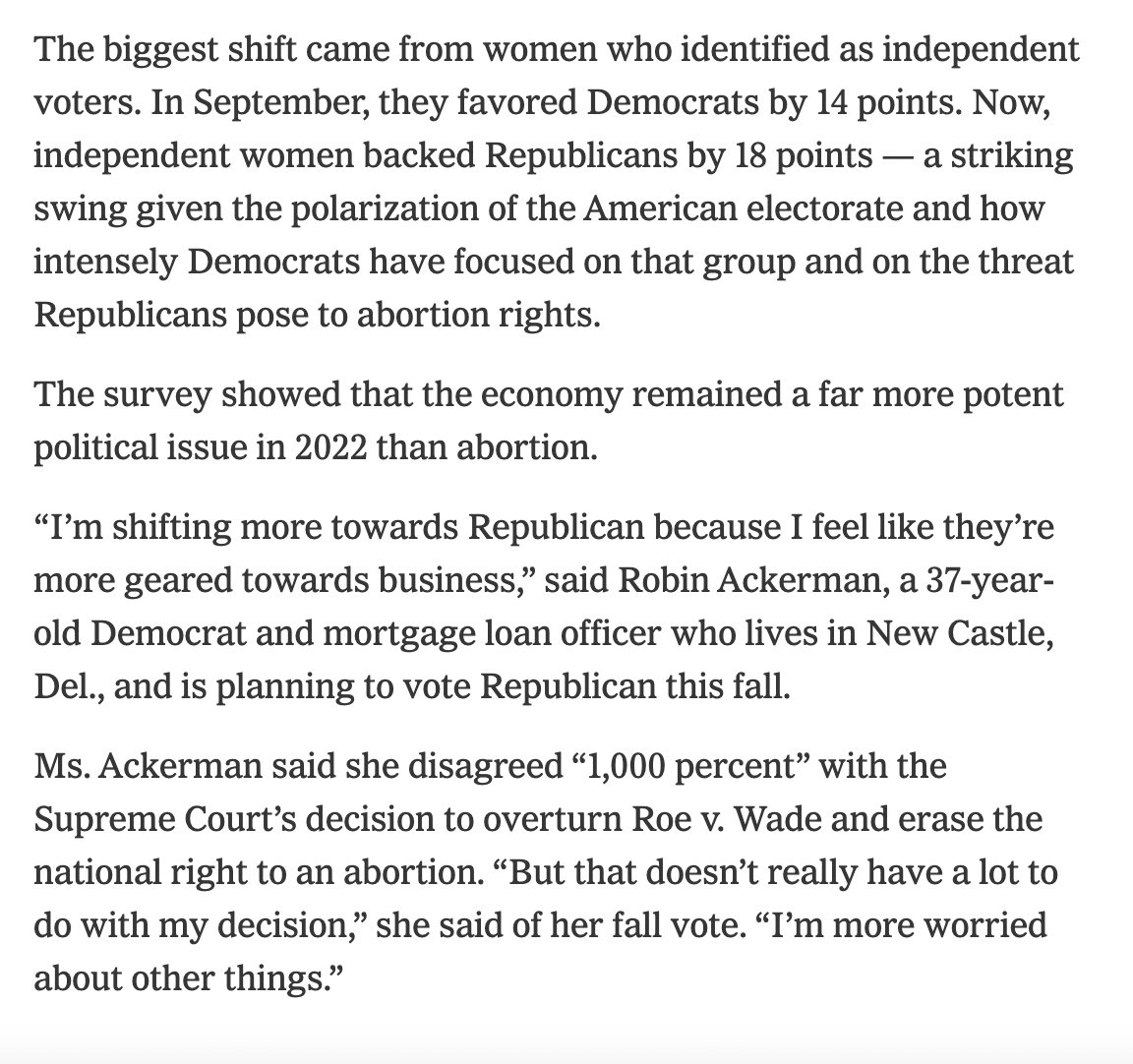Michael Cieply writing in 2016. [Emphasis added.]
Having left the Times on July 25, after almost 12 years as an editor and correspondent, I missed the main heat of the presidential campaign; so I can’t add a word to those self-assessments of the recent political coverage. But these recent mornings-after leave me with some hard-earned thoughts about the Times’ drift from its moorings in the nation at-large.
For starters, it’s important to accept that the New York Times has always — or at least for many decades — been a far more editor-driven, and self-conscious, publication than many of those with which it competes. Historically, the Los Angeles Times, where I worked twice, for instance, was a reporter-driven, bottom-up newspaper. Most editors wanted to know, every day, before the first morning meeting: “What are you hearing? What have you got?”
It was a shock on arriving at the New York Times in 2004, as the paper’s movie editor, to realize that its editorial dynamic was essentially the reverse. By and large, talented reporters scrambled to match stories with what internally was often called “the narrative.” We were occasionally asked to map a narrative for our various beats a year in advance, square the plan with editors, then generate stories that fit the pre-designated line.
Reality usually had a way of intervening. But I knew one senior reporter who would play solitaire on his computer in the mornings, waiting for his editors to come through with marching orders. Once, in the Los Angeles bureau, I listened to a visiting National staff reporter tell a contact, more or less: “My editor needs someone to say such-and-such, could you say that?”
The bigger shock came on being told, at least twice, by Times editors who were describing the paper’s daily Page One meeting: “We set the agenda for the country in that room.”
Once "the narrative" has been established, the writers and editors of the NYT will go to great lengths to protect it both by promoting arguments and evidence that supported and by downplaying or suppressing arguments and evidence that undercut it. One preferred method of the latter is to include these undermining paragraphs, but make the readers go at least 20 or so paragraphs down to find them.
In the summer of 2022, one of the biggest narratives at the New York Times (and perhaps even more so at Politico) was that Dobbs wasn't going to have a major impact on upcoming elections. Ever since, the paper has waged a losing battle to keep it viable.
See here, here, here for examples.
As late as mid-October, the paper was still downplaying the role of abortion in the anticipated red wave.
By the second week of November, pretty much everyone had to admit that based on fundamentals and historical precedents, the Democrats had managed a very good midterm and the reaction against Dobbs was a major factor. As Lisa Lerer of the NYT put it:
Democrats and their allies spent more than $450 million on ads supporting abortion rights. Democrats promised to try to codify the Constitutional right embodied by the now-overturned Roe v. Wade decision — a feat that would require not only keeping control of Congress but also winning the necessary support to get around the Senate rules requiring 60 votes to pass most legislation. But other than that, they offered only limited plans in the face of an abrupt shift that affects more than 22 million women living in states where abortion is banned or severely restricted.
In the end, the Democratic strategy was largely to draw a contrast to a Republican majority that they cast as out of the mainstream on issues like abortion rights, protecting Medicare and Social Security and taxing corporations and the wealthiest Americans.
Abortion proved to be the motivator Democrats believed it would be, helping to boost a number of Democratic candidates who leaned into the issue, including Representative Abigail Spanberger of Virginia, Gov. Gretchen Whitmer of Michigan, Josh Shapiro, who won the governor’s race in Pennsylvania, and Senator Patty Murray of Washington.
Voters in Michigan, Kentucky, California and Vermont were on track to preserve or expand abortion rights through votes on ballot measures.
This is a brief but well written summary. I have nothing against these four paragraphs other than the fact that there were twenty-two other paragraphs that came before them, and other than one brief mention in the sixth one, none of them said a word about abortion.
Is this Lerer's fault? We can't say for certain, but given what we know about the paper's editing practices and culture, I'm sure that a lot of counter-narratives get pushed to the bottom after the reporters turn it their copy.
The NYT has since drifted back to minimizing the impact of Dobbs this November. That a lot easier to argue when so few readers got far enough below the fold to see the conflicting evidence last time.
Its comprehensiveness is its defense. If one asks why a certain story wasn't covered, it can always find an article or op-ed where is was covered--once and only once, and henceforth buried. Implicitly, the Times acts as if every article it's ever published was read by everyone.
— Bruce Bartlett (@BruceBartlett) August 28, 2024

No comments:
Post a Comment